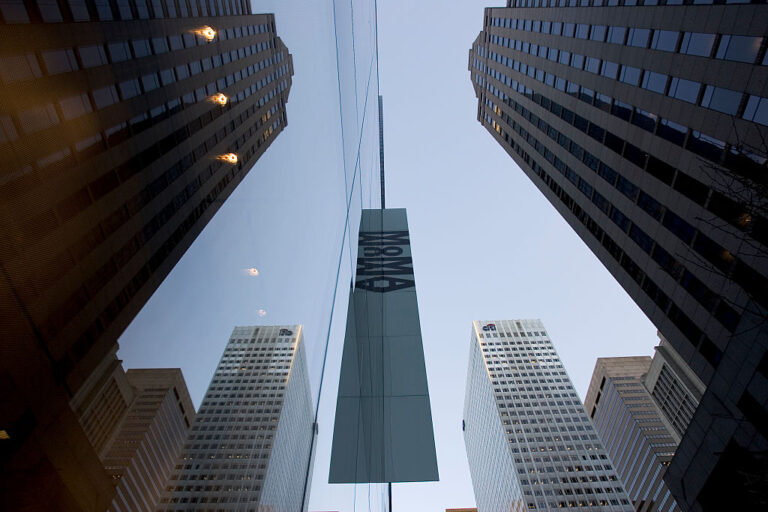In 2021, the Museum of Modern Art in New York returned a valuable 1913 Marc Chagall painting to the heirs of a prominent German gallerist, settling a legal claim over disputed ownership of the work.
Although the return took place a short time ago, it was not known until a New York Times report on court records related to an ongoing legal dispute between the heirs and an outside investigative firm.
As part of the deal in 2021, the museum received a fee of $4 million in exchange for the return of Chagall’s work. About Vitebsk (1913). The museum agreed to use the money to create a provenance research fund in the original owner’s name, but did not announce the creation of the fund until recently.
The work’s heirs, descendants of German gallerist Francis Matthiesen, are now in a separate legal dispute over the terms of the work’s return with Mondex Corporation, a Toronto-based restitution research firm hired to work with MoMA on its investigation of the case. by court records reviewed by times Matthieson’s heirs first approached Mondex in 2018 to work on the dispute.
The heirs are stakeholders in Berlin-based Galerie Matthiesen. They claim the Canadian firm breached its contract by leaving them out of negotiations with MoMA over the $4 million compensation fee, claiming they never approved the payment. According to the heirs, Mondex is not entitled to the $8.5 million fee stipulated in the contract between them.
James Palmer, founder of the Mondex Corporation, denied that the rate was improperly negotiated. He did not respond immediately ARTnewsrequest for additional comment from.
The financial settlement in Chagall’s settlement is not uncommon in high-profile restitution cases, where the proceeds of sales are split between heirs and owners contesting legal title to works of art of questionable provenance.
Chagall’s painting, which depicts an elderly man holding a cane while flying over the city of Vitebsk, has a complicated ownership record. According to its publicly listed provenance, it was transferred during the Nazi occupation in 1934 to the German bank Dresner, which, according to the gallery’s website, “acquired it at a forced sale” and showed it at the Nationalgalerie in Berlin a year later. MoMA purchased the work privately in 1949.
The details of the sale of the work to Dresner are still being disputed by researchers. A 2017 book by researcher Lynn Rother titled Art for crediton the role of art used as collateral for a loan during World War II, he claims that there is no evidence that the Chagall was seized under duress, and that it was traded voluntarily by Matthiesen’s gallery.
Between 2018 and 2021, Mondex submitted to MoMA an additional investigation, arguing that the transfer of the painting and other artworks from the gallery to settle a bank loan was done under duress, as the bank significantly undervalued them.
In 2021, after acquiring the work from the museum, the gallery sold it for $24 million to a European collector, whose identity was not disclosed. In putting the work up for private sale, the gallery suggested in press materials that the painting depicts a Russian émigré, which “has relevance at a time when stories of displacement and ethnic identity have so much media currency.”
The sale represents one of the highest disclosed prices for a Chagall work. Its auction record, set in 2017, currently stands at $28.5 million.


